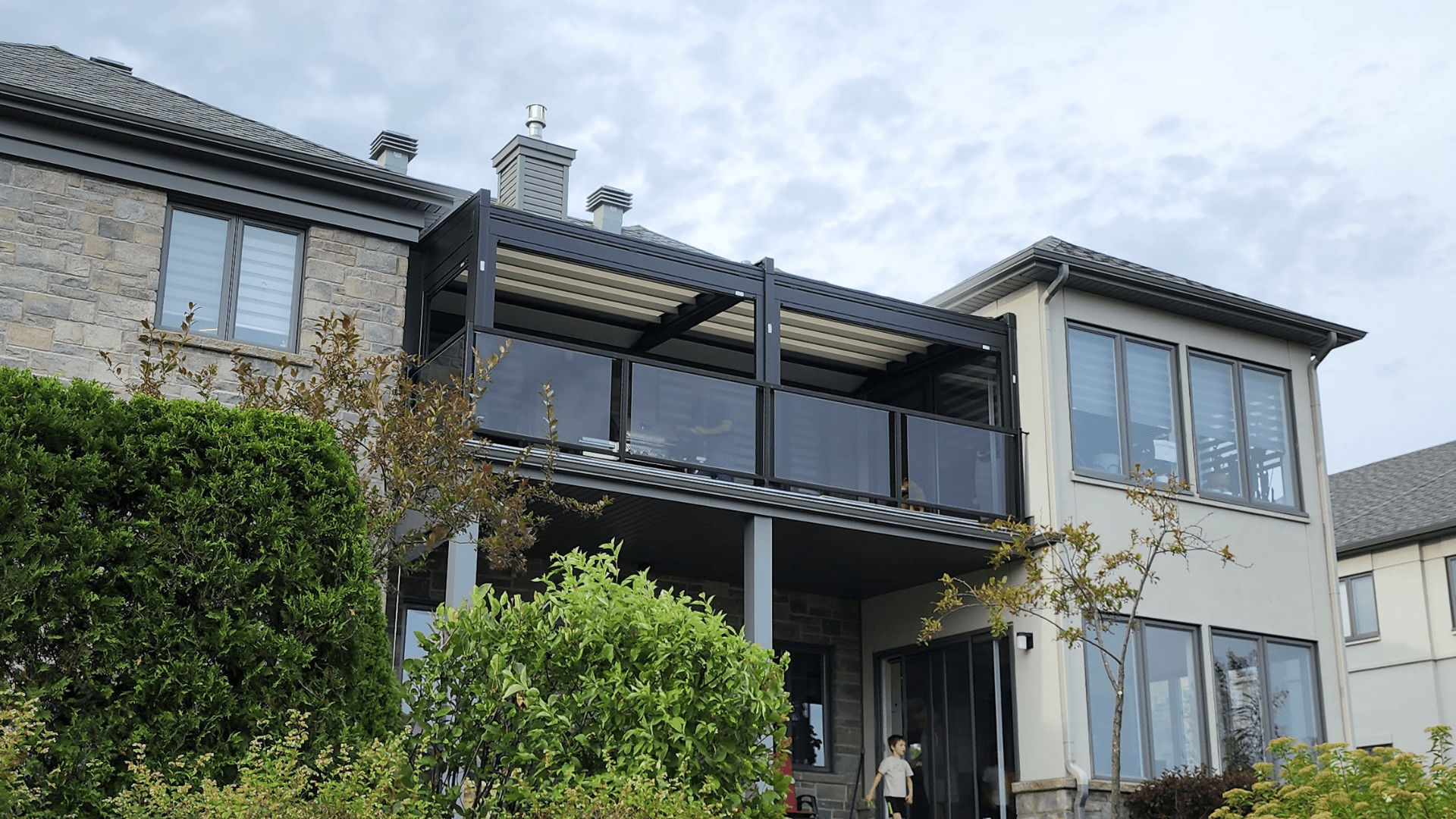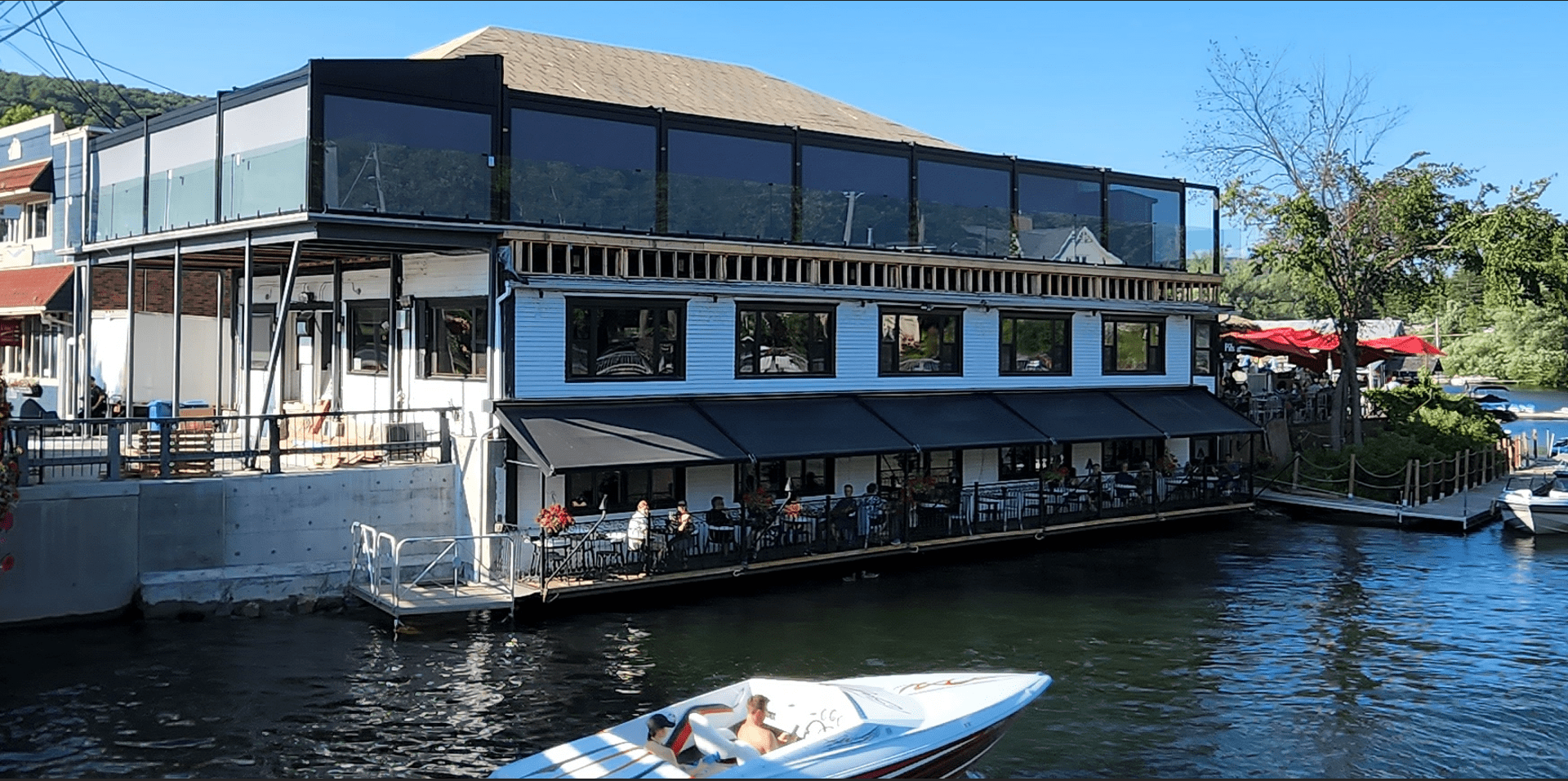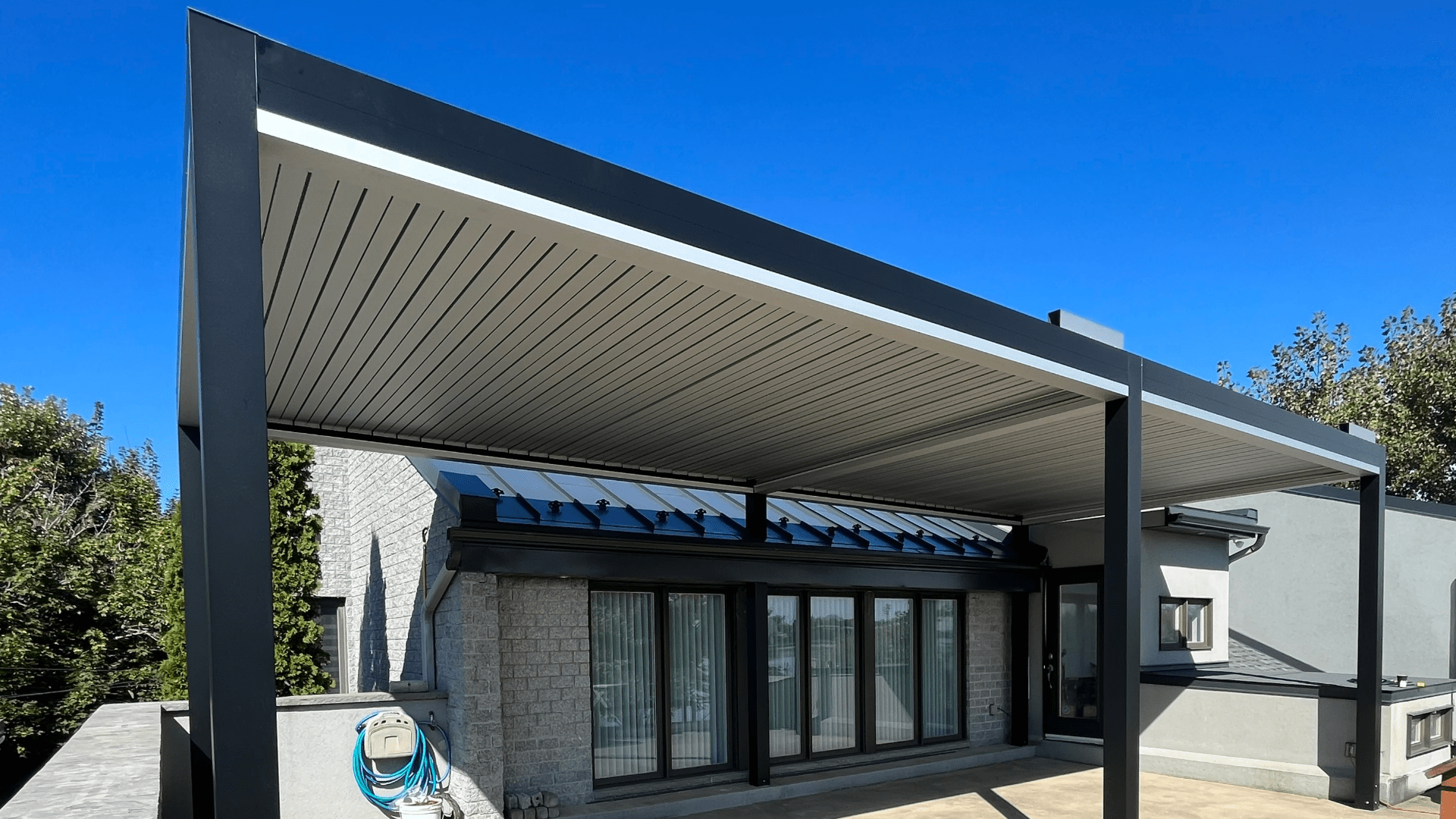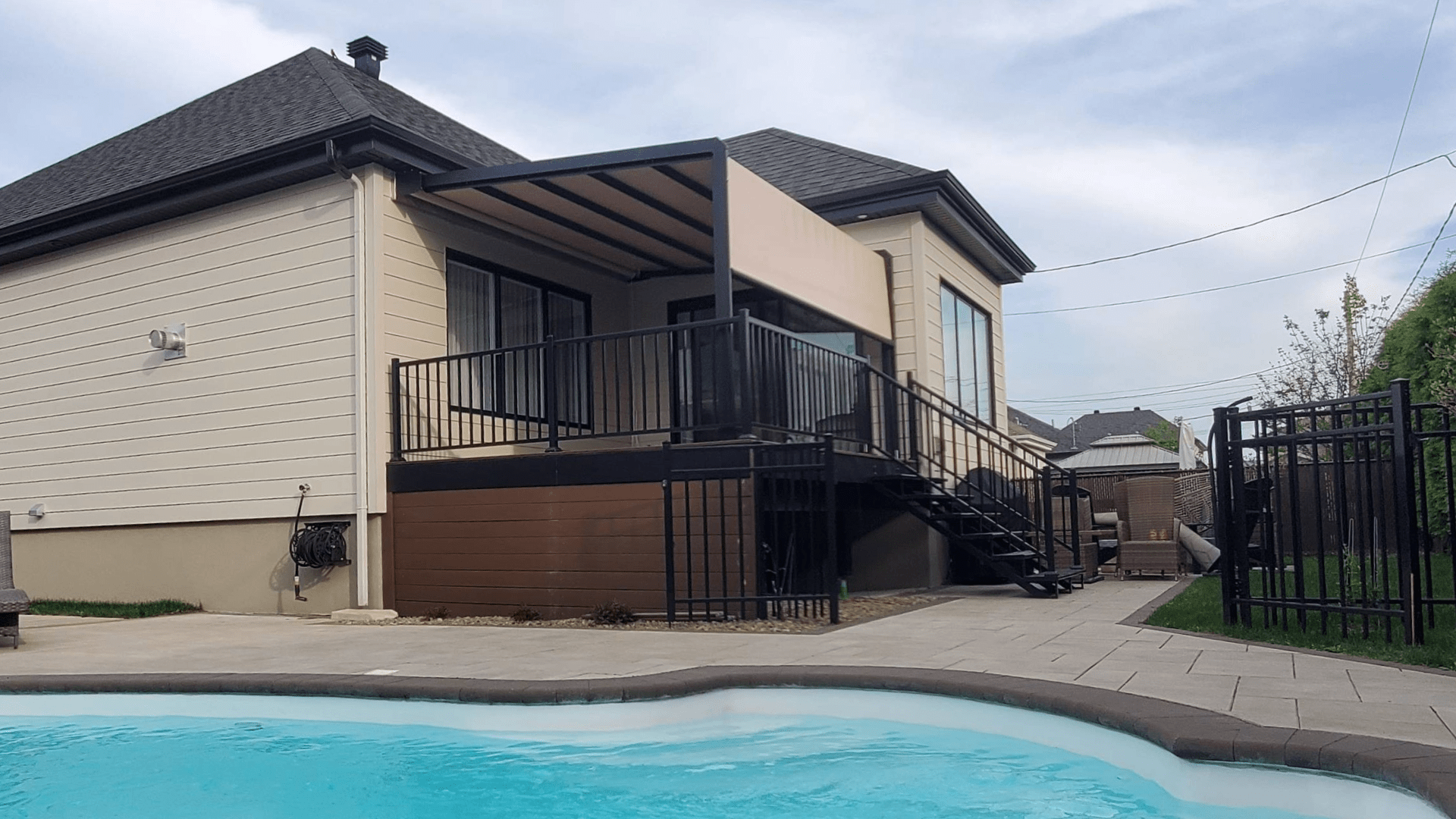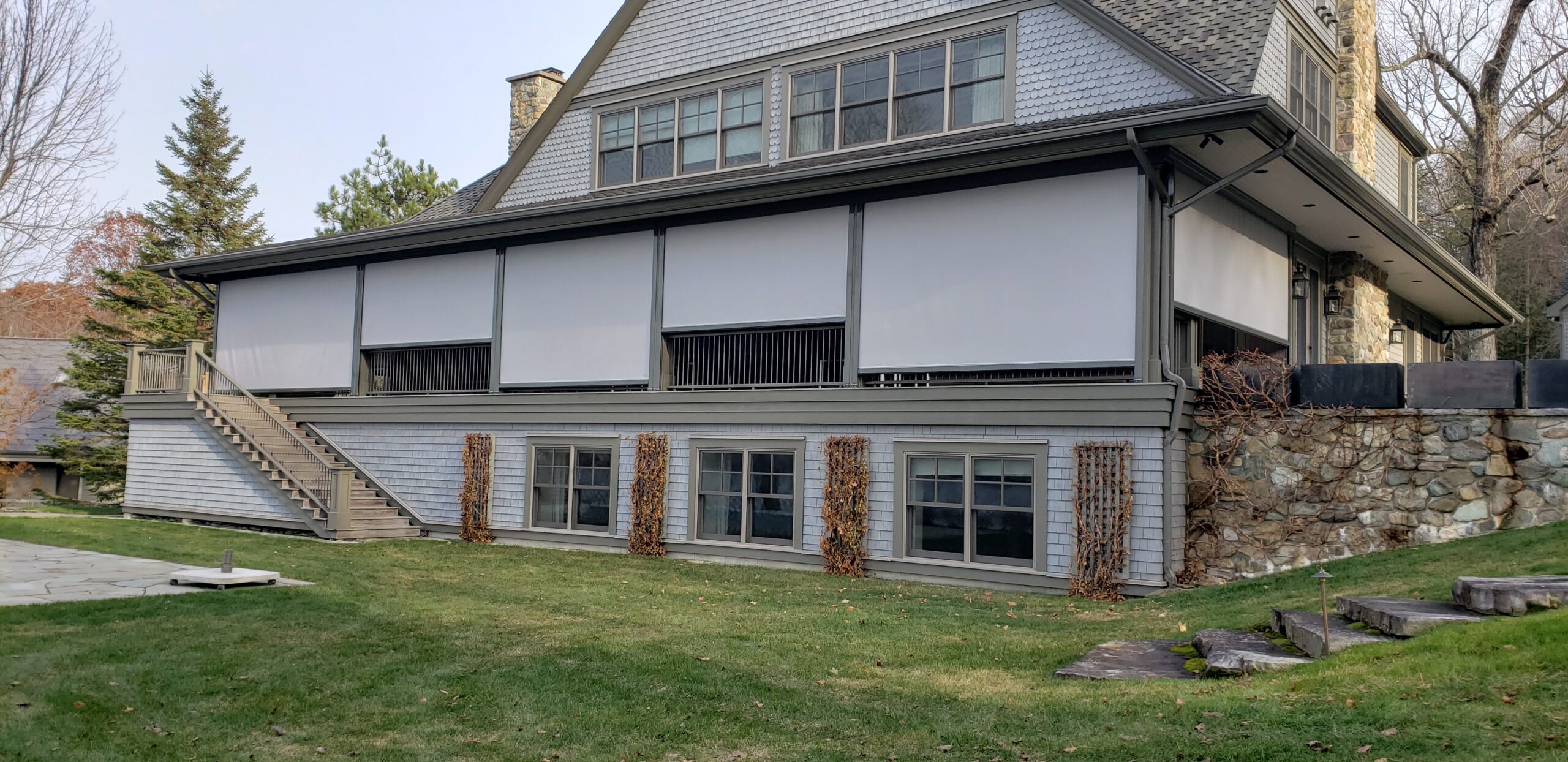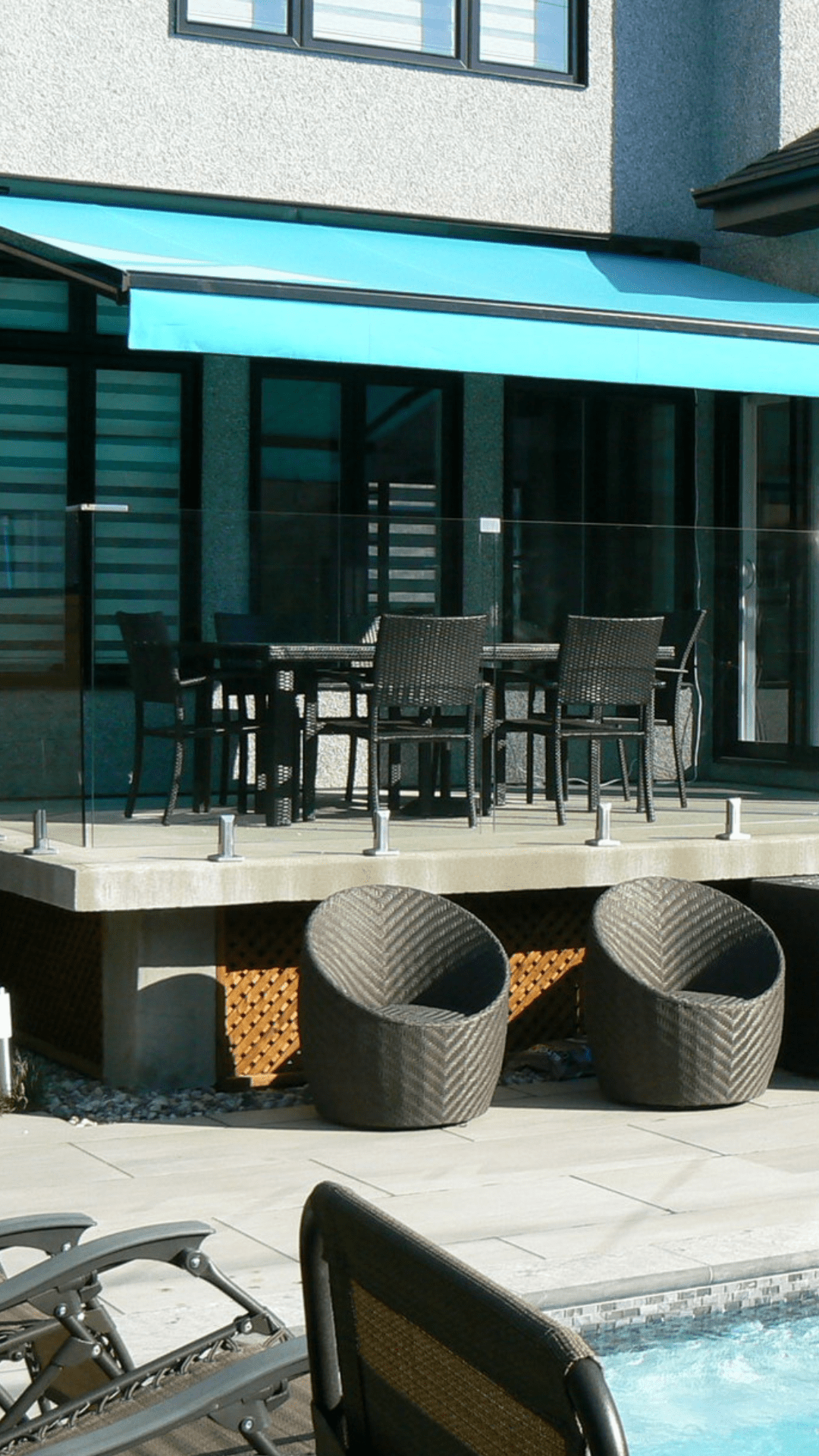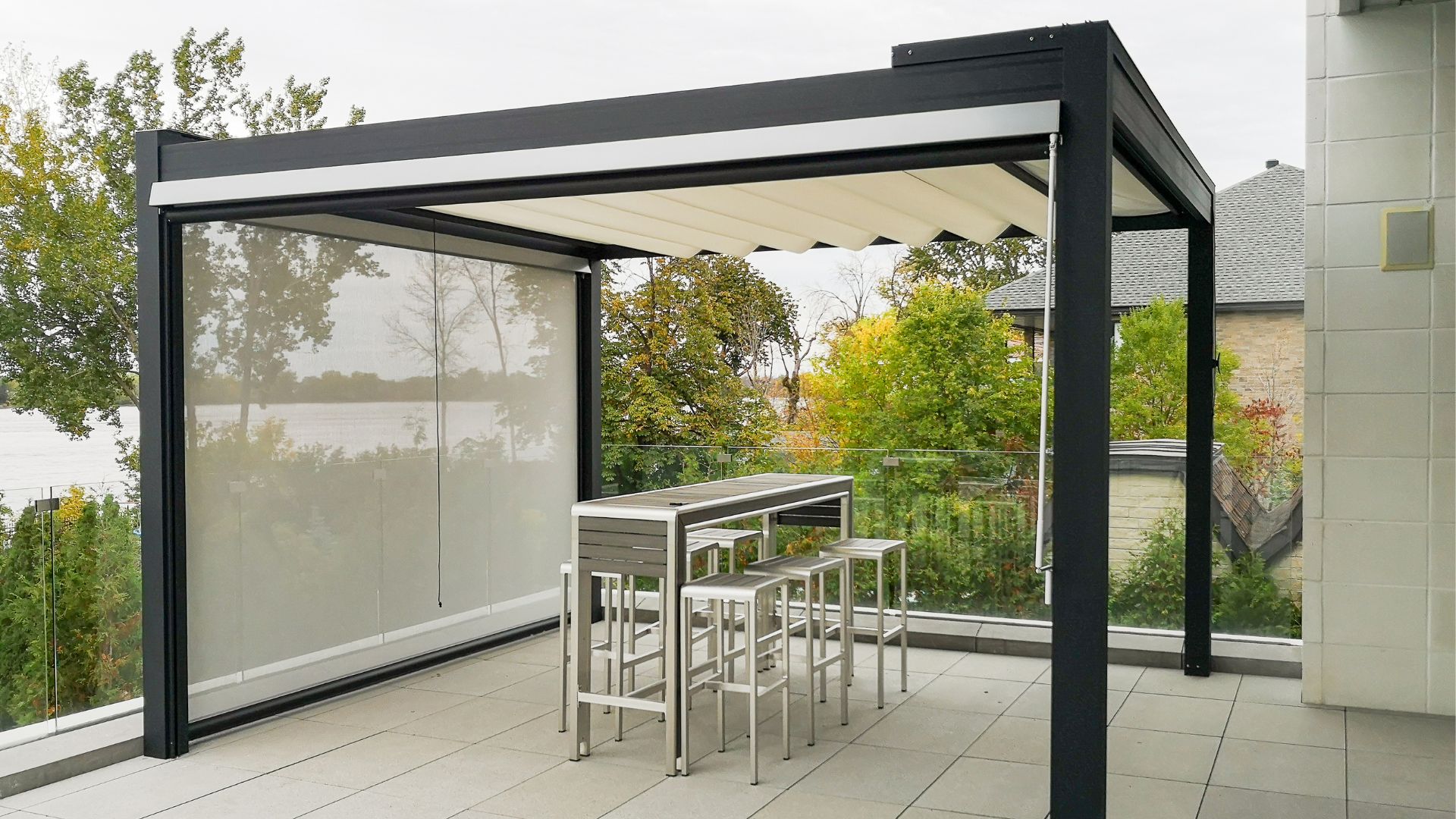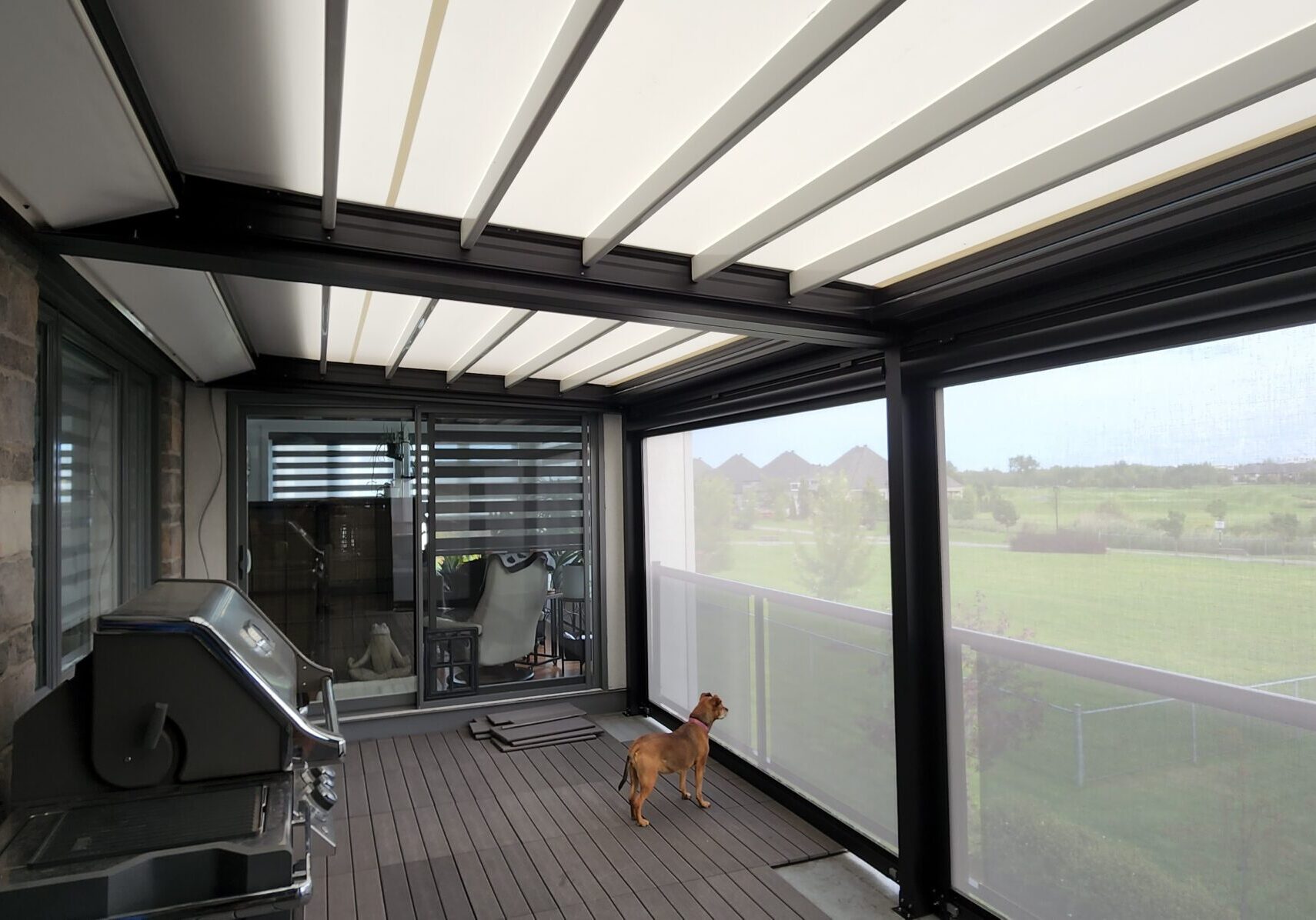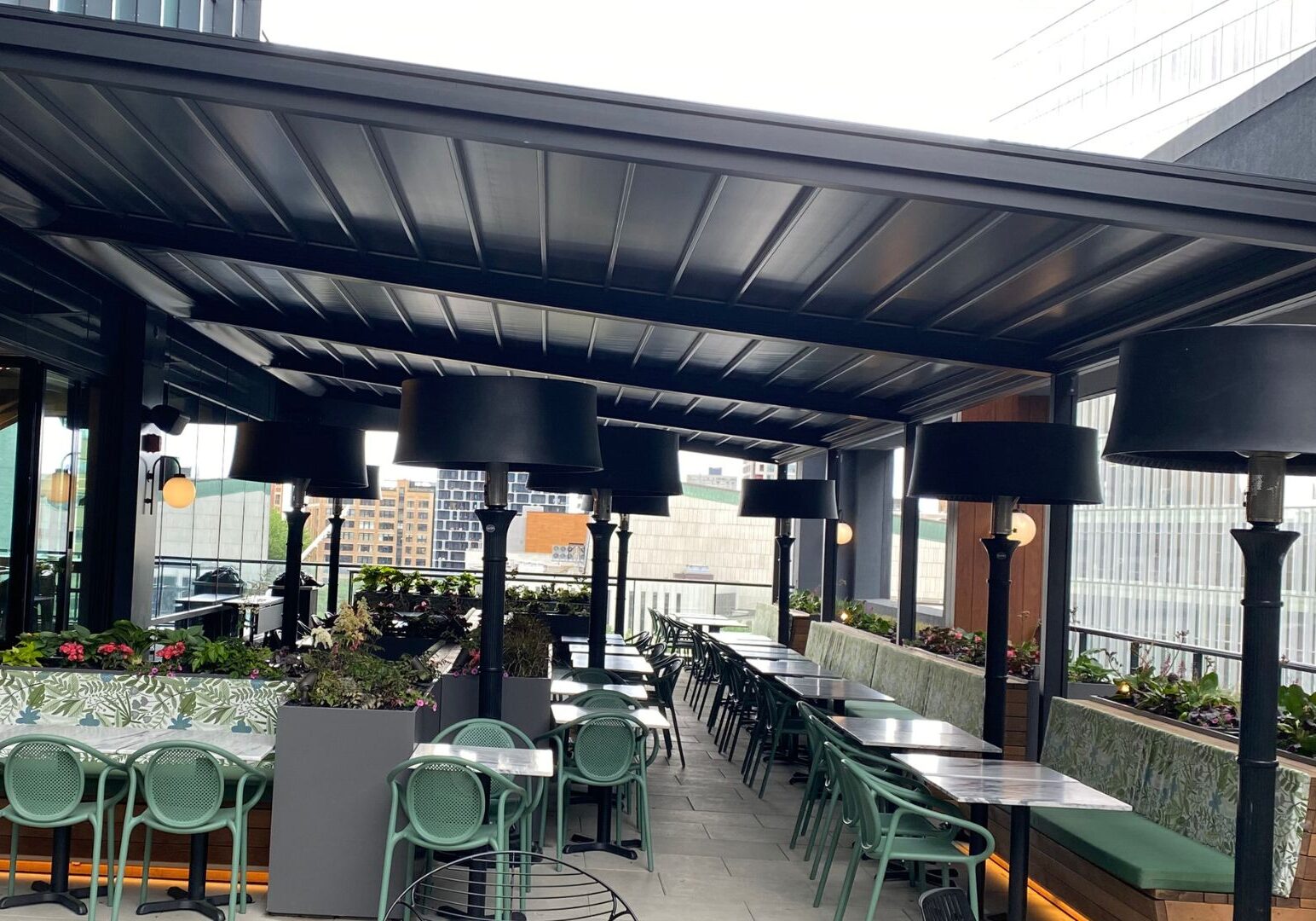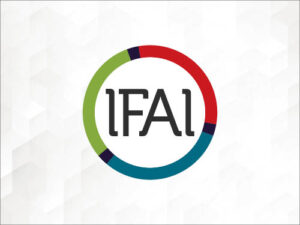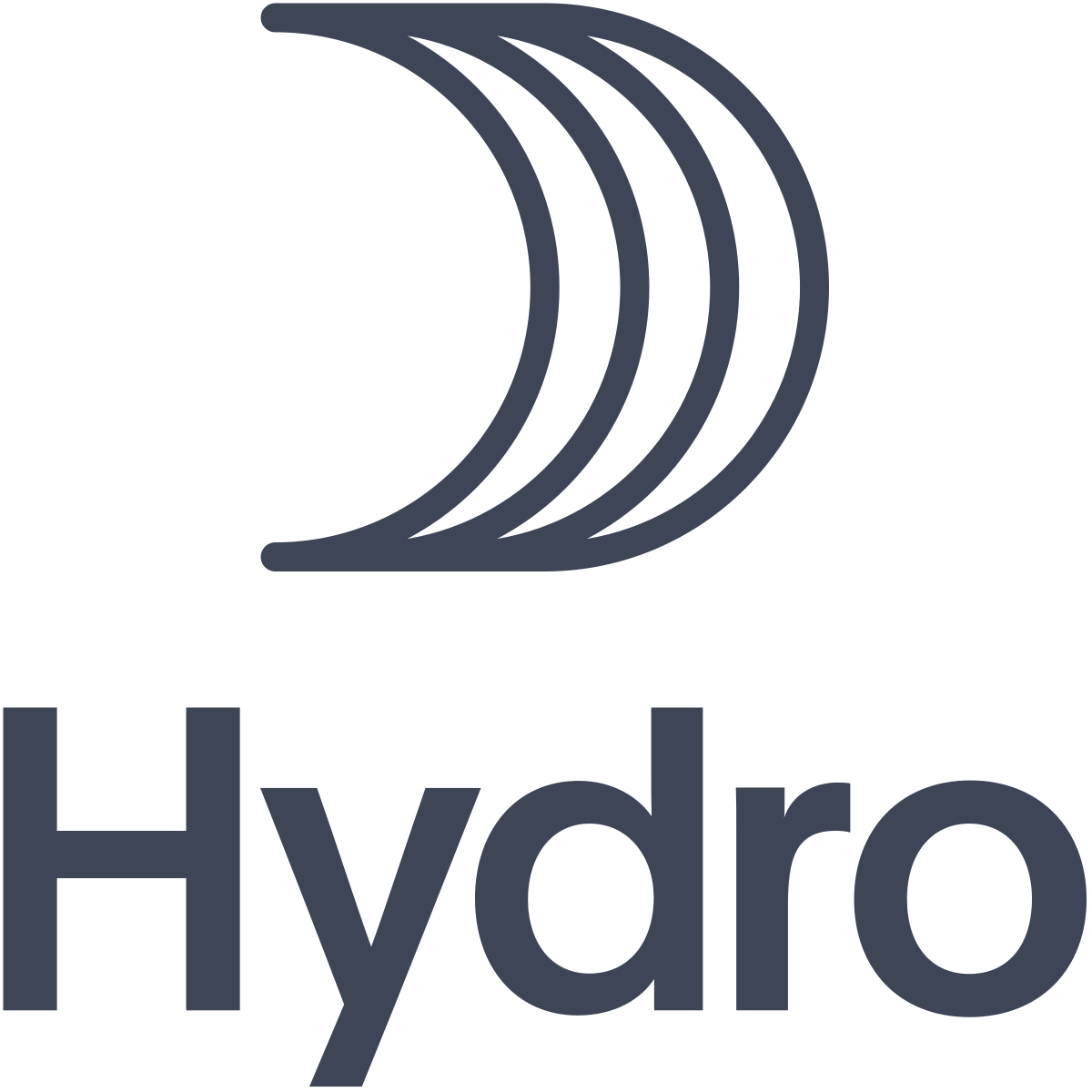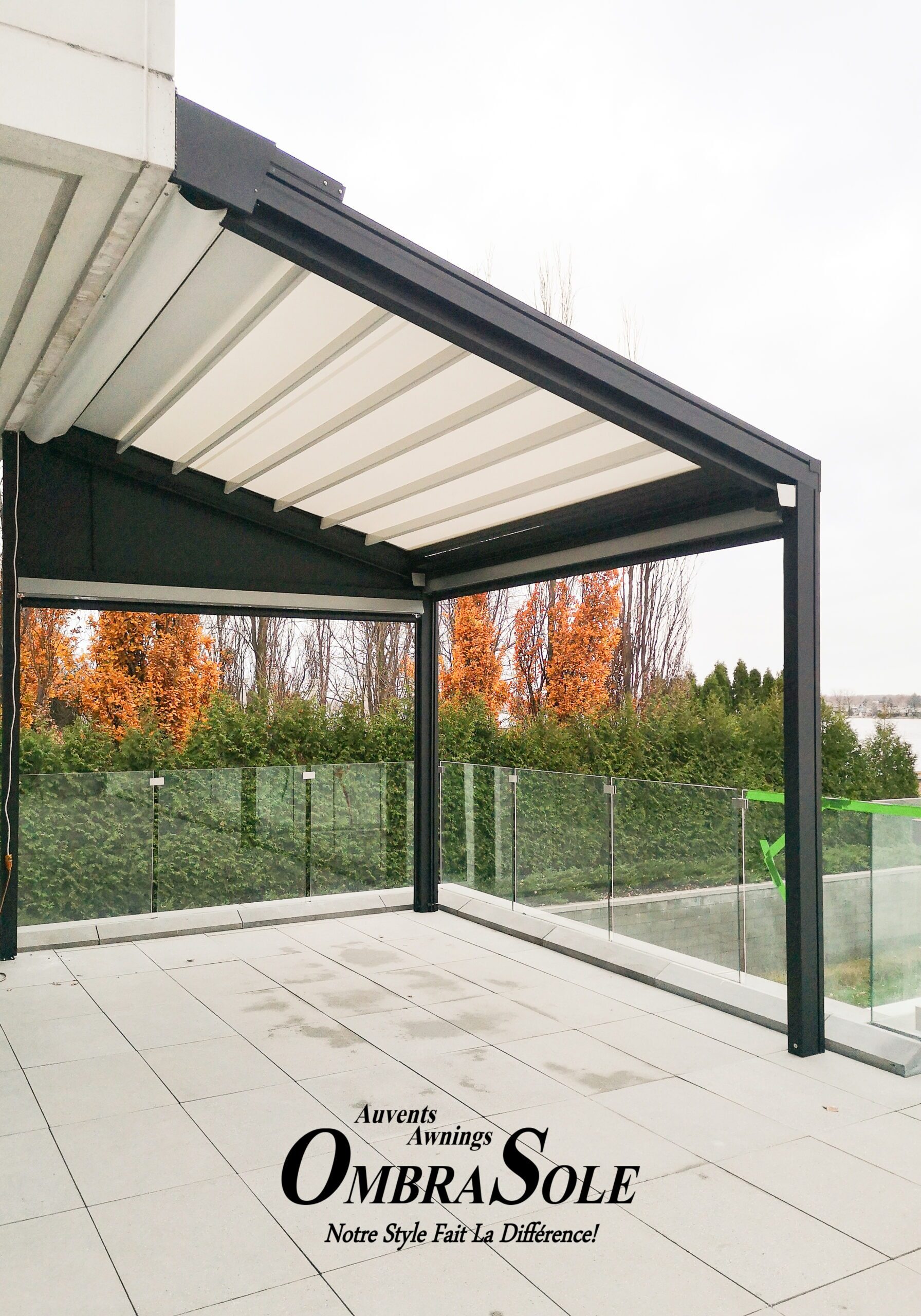
OUR STYLE MAKES THE DIFFERENCE
Custom Awnings Designed & Manufactured in Montreal
Experience the Art of Outdoor Living with Ombrasole - where Italian design meets Canadian ingenuity. Our award-winning range, including stylish Retractable Awnings, and Pergolas, is crafted to elevate your outdoor space.
With over 40 years of expertise, we promise unparalleled quality and innovative designs tailored to your lifestyle.

Awnings Custom Made in Montreal
Entirely designed and crafted in our Montreal factory; A promise of rapid delivery and installation.

High-quality Resistant Materials
Constructed with rust and wind resistant extruded aluminum and stainless steel fittings.

Fast Service & Solid Guarantees
Enjoy prime warranties up to 15 Years on structures and fabrics. Get rapid assistance.

Effortless Storage, No-service Required
Our designs are winter-proof and self-storing for effortless upkeep.

Unveil the awnings of your dreams
Elevate your outdoor spaces with elegance and functionality. Choose from our exquisite range tailored to your style and needs.
WHY OUR CUSTOMERS CHOSE US
We have had the Ombrasole awning for 4 years and we are very satisfied with the quality of the product. The white canvas still looks great, and I had excellent service for a small repair to a pole this summer. Thank you to Ms. Jabre for your service, and to the team of technicians who did a flawless job.
Vincent Quirion
We purchased the capriccio awning and it was truly extraordinary in addition to the impeccable and on-time service. We are really satisfied!
France Provencher
I have the great pride of saying to all those who are not sure either of the quality or the durability of your products, well, I am more than satisfied, everything is still going perfectly for the third year already.
I keep the mosquito net down and bar all winter and summer although they are both open and closed and everything still works perfectly. P.S. Even during strong winds they are lowered and blocked and nothing shakes this good installation with your product quality. Thanks to Ombrasol and long life to you!
I would like to point out that I am only a customer and I find it important to give credit to those who offer an excellent product.
Guy Leclair
Purchased and installed an awning last summer. For now we are completely satisfied with our purchase and the service. We can't wait to see how our new awning will have withstood the hazards of winter when spring returns!
Sylviane Forget
High quality made in Quebec awnings and exceptional customer service.
Very happy of the choice I made to go with Ombrasole to cover my patio.
Great job, thank you.
Elie Sfeir
